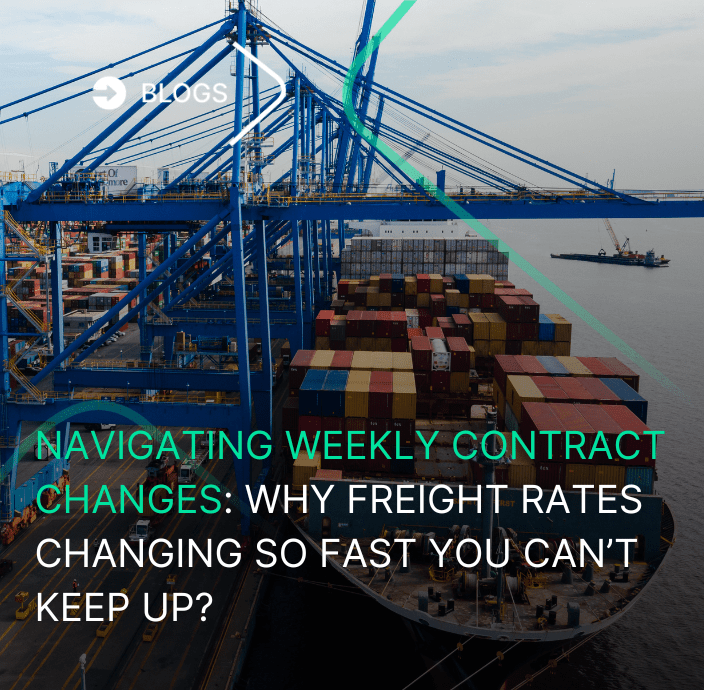The logistics sector began to walk the way towards the new normal post-COVID-19. This time previous to the new normal is characterized by the reorganization of what we learned from a period as unstable as the first part of the year was. Resilience, demand, transportation, and a new way of working are the drivers of this stage, but what do they consist of?
The logistics sector began to walk the way towards the new normal post-COVID-19. This time previous to the new normal is characterized by the reorganization of what we learned from a period as unstable as the first part of the year was. Resilience, demand, transportation, and a new way of working are the drivers of this stage, but what do they consist of?
Drivers of new supply chains
A recent study published by DHL considers that the new normal of the supply chains has been shaped by different scenarios, which must be considered for this pre-new normal:
- Resilience
Usually, resilience can seem like an influential factor only for the operative strategies of a company. But last year demonstrated to us that this is far away from reality. In fact, it has been shown that managers must formulate a corporate strategy that considers resilience globally, in order to carry it across the company. Thus, they can control the weak points of all processes.
This course of action should not be considered as an unnecessary cost, as it is worth it. Achieving effective resilience in a supply chain is actually an investment, as it provides peace of mind and a certain degree of protection against future risks.
- Demand.
During the emergency lockdown, consumers’ panic buying led to a disruption in supply chains. This is where the bullwhip effect began: the forecast is that demand will increase even more as time goes on. In other words, we will see the real effects of this consumption peak only in the post-coronavirus stage and as a consequence, it will make it very difficult to predict.
To face this, companies will have to rigorously analyze the trends in the logistics sector to respond to the upcoming demands. In Europe, for example, 24% of consumers indicated that they will continue to buy online once everything is “back to normal.” So freight forwarders will need to consider how they can drive e-commerce from their place.
- Transport.
New forms of production, distribution, and storage will also require new forms of transportation. Expedited shipping, for example, has become more important in this context as it ensures that goods arrive faster than with regular transit times.
In addition, point-to-point routes and accelerated handling in ports following health protocols will be part of the pre-new normal of the logistics sector. Although others will surely emerge along the way.
- New ways of work.
Due to social distancing, workplaces have changed, warehouses, offices, or ports. In the long term, many people who worked in offices will be able to continue in home-office mode, however, this will also mean an increase in the use of automated robotics for the physical handling of goods.
Fortunately, historical data shows that, despite the confinement, the agents in the supply chains were able to keep up and not slow down the processes. The future of jobs in the sector will depend on people’s skills, in order to maintain efficiency and productivity.
In such an unstable context, having these factors in consideration will give us a clearer vision of what is coming. Thus, with the use of adequate digital solutions, we will achieve competitiveness and visibility to face the new normal of the supply chains of which we will all be part.
Source: Post-Coronavirus Supply Chain Recovery by DHL
AUTHOR



